In a Remote Forest, Traces of a 50-Year-Old Mystery
A forester uncovers the nearly forgotten wreckage of an Air Force F-106 that went down in 1964.
/https://tf-cmsv2-smithsonianmag-media.s3.amazonaws.com/filer/20/ee/20ee0661-239c-4af4-8b77-3161776d7cb6/f-106_1resized.jpg)
Last June, 23-year-old Austin Lunn-Rhue set off from Colorado to Washington State’s Olympic Peninsula, bound for a job as a forester at a timber company. One of his first tasks was to survey a stand of trees that was scheduled to be cut down. The stand probably hadn’t been harvested in 50 years. “We’d been hacking for hours with machetes through really dense Himalayan blackberry and salal,” he recalls. Then Lunn-Rhue and his forester partner spotted something odd: “We saw some really shiny pieces of aluminum. We thought that an old harvester or old piece of logging equipment had blown up, but none of those pieces of machinery are made out of aluminum; they’re made out of heavy-duty steel.” They also found some hydraulic fittings, which made even less sense. “We were miles upon miles from any house or even small town, deep in some of the densest forest in the country, on private land where no one is allowed but company employees....[and] many decades go by between visits.” As they crested a hill, “There was this perfectly straight object sticking out of the ground,” says Lunn-Rhue. “In nature, you don’t see perfectly straight lines, at least not at that scale. It looked like a sail.”
They could tell it was a piece of aircraft, possibly a wing. The two found other parts of the aircraft, including a piece of the engine, and wondered if there were human remains in the wreckage. Lunn-Rhue carefully marked the spot with his GPS and photographed the debris. While examining the wreckage, he noticed a red X on one side of the wing. “It was painted with a brush. We never use brushes in the logging industry, we use a form of spray paint. So it was someone outside of the logging industry.”
More than 50 years earlier, on the morning of August 4, 1964, 30-year-old Air Force Captain Webb Hunter Huss, Jr., of the 318th Fighter-Interceptor Squadron, climbed into the cockpit of a Convair F-106A Delta Dart for a mission with an unplanned ending. The squadron, nicknamed “The Green Dragons,” was based at McChord Field, just south of Tacoma, Washington. The aircraft, serial number 56-0464, had belonged to the 318th since August 1961, and never flew any active combat missions.
The F-106, with its distinctive delta-shaped wing, was known to pilots and crew as the Six. The last of a breed of interceptors conceived and designed to interdict Soviet “heavy” nuclear bombers, the Six could carry a variety of air-to-air weapons systems, including the AIR-2 “Genie.” Tipped with a 1.5 kiloton nuclear warhead, the now retired Air Interceptor Rocket (AIR) is considered the most powerful air-to-air weapon ever developed by the United States. In the event of a nuclear war, the F-106 operator’s primary mission would have been to race toward swarms of Soviet bombers inbound over the North Pole toward the United States, launch the Genie carried inside the F-106’s internal weapons bay, then turn and race from the blast.
Captain Huss’s mission that morning in 1964 remains unknown. He may have been scrambled toward a formation of Soviet bombers straying too close to the northwest coast of the United States, or it may been something more routine. Just before noon, while headed in a southeasterly direction—possibly back toward McChord Field—in the vicinity of Lake Ozette and Neah Bay on the Olympic Peninsula, a flameout spun-down the engine of the F-106. Huss tried repeatedly to restart it, to no avail. The pilot ejected, and his aircraft crashed into thickly forested mountains just seconds later. A boater on Lake Ozette witnessed the ejection and crash, and sped toward Huss, who drifted beneath his deployed parachute toward the water. The boater took Huss to shore, and a helicopter from Paine Air Force Base transported him to a hospital where doctors treated him for minor head injuries.
Because the aircraft slammed into a privately owned forest—and possibly due to the nature of -106 missions during that time—the incident has remained almost completely unknown. As soon as Lunn-Rhue returned from the foresting survey, he asked the company’s president if he knew of a crashed airplane on the property. His boss had never heard about any crash in more than 30 years at the company, and no one else at the business had either. Lunn-Rhue posted photographs on his Facebook page, asking for help identifying the aircraft. He found just one article about the crash, a short piece in the Port Angeles Evening News, which identified the airplane as an F-106 and noted that the pilot had safely ejected.
After seeing Lunn-Rhue’s photographs on Facebook, I asked for others, and he posted one showing a tail flash. A website devoted to the 318th Fighter-Interceptor Squadron, includes a photograph of a -106 with the same tail flash (they change over the years), which identified the crashed -106 as belonging to that unit. An F-106 site includes a brief overview of this specific aircraft’s history, including its serial number and photographs of it just a few months before crashing. Studying the photographs, I found that the rivet patterns matched with those in photographs of the vertical stabilizer of a -106. I contacted the staff at the McChord Air Museum; they now hope to add the fin to their collection.
Lunn-Rhue returned to the site a few weeks after his initial find to take more photographs and map the debris field. “From the way the trees had been downed by the craft, and the way new ones grew around those felled trees, and based on the aircraft’s debris, I figured that it hit travelling in a southeastward direction, at approximately a heading of 130,” he says. Lunn-Rhue and his forester partner then began pulling up the wing, carefully peeling back carpets of mossy soil around it. Rocking the large piece, they heard a hiss. “Thinking it was fuel under pressure, we backed away. After 20 minutes it stopped. Turned out it was water that had accumulated over the years, and somehow came under a little pressure,” he says. The two were not in any danger; the Air Force would have removed any live ordnance or remaining fuel at the time of the crash. (Aircraft that crashed before November 19, 1961 are considered formally abandoned, Air Force Materiel Command officials told me in an email, but aircraft that crashed after that remain the property of the Air Force.)
Lunn-Rhue notes that once the upcoming harvest and subsequent replant takes place, no one will have access to that spot for roughly another 50 years. The lumber company (unnamed in order to conceal the location of the crash site) will do its best to work with the McChord Air Museum to get the vertical stabilizer and other parts out of the forest so the museum can preserve them, reuniting at least part of the craft with its last home.
Lunn-Rhue’s discovery prompts further questions: Where is the remainder of the aircraft? Buried? And what was the mission? What about the strange red X? It’s possible that a recovery team, there to remove any weapons or classified material, painted the X. Or a logging team may have put it there decades earlier to mark the aircraft’s location.
Captain Huss died in 2004, at the age of 70. Whether or not his F-106 was carrying nuclear weapons on that day in August 1964 remains classified, but thanks to Lunn-Rhue, we at least know where some of the aircraft ended up. If anyone can shed further light on the mystery, let us know in the comments.
/https://tf-cmsv2-smithsonianmag-media.s3.amazonaws.com/accounts/headshot/ED_DARACK.jpg)
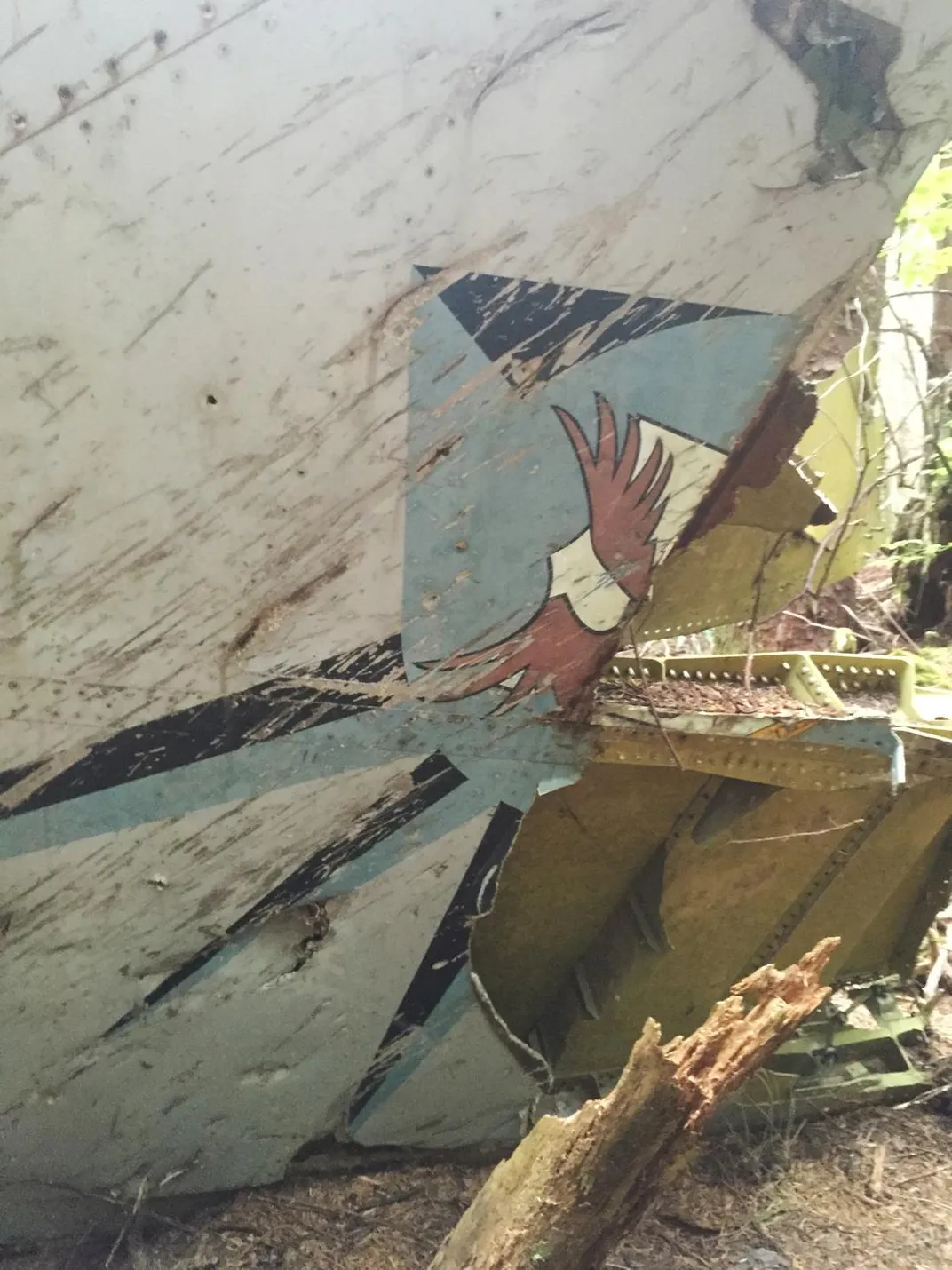
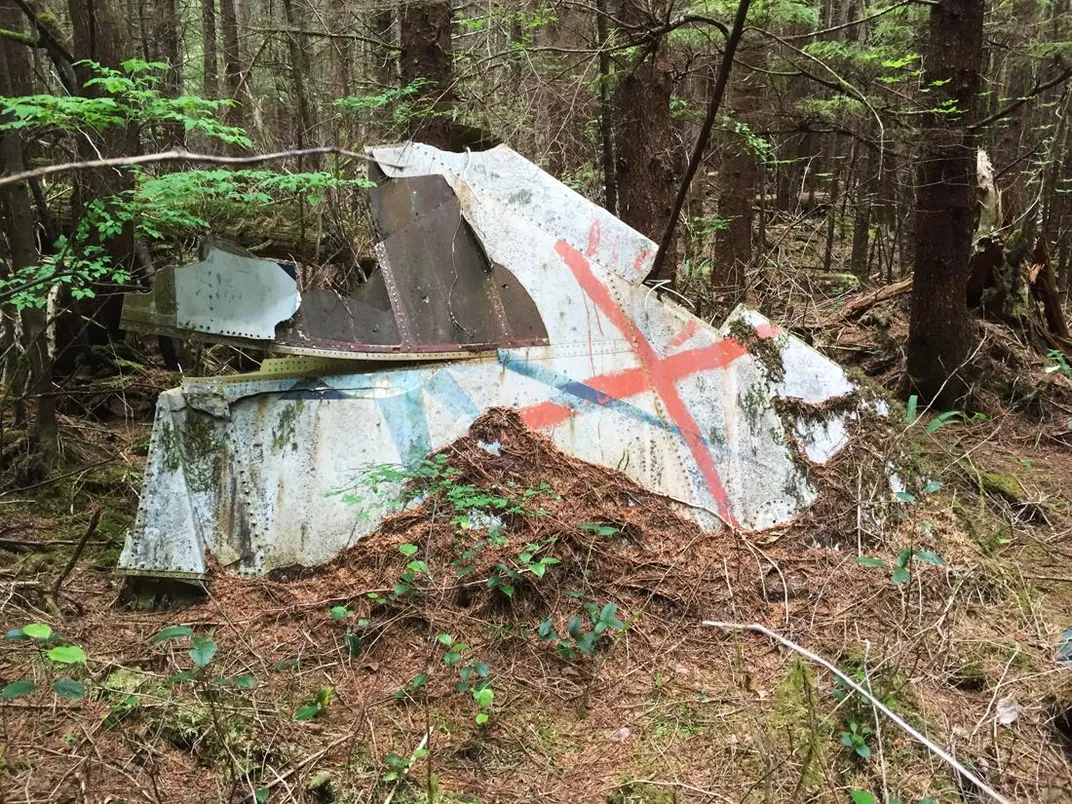
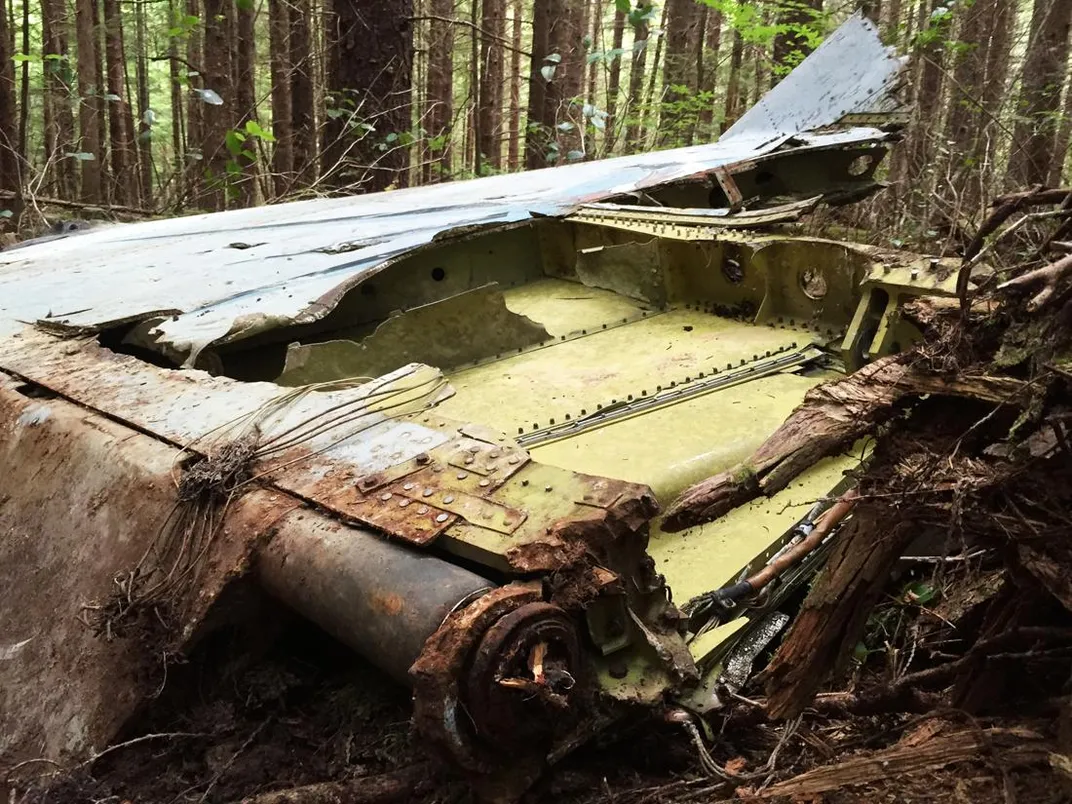
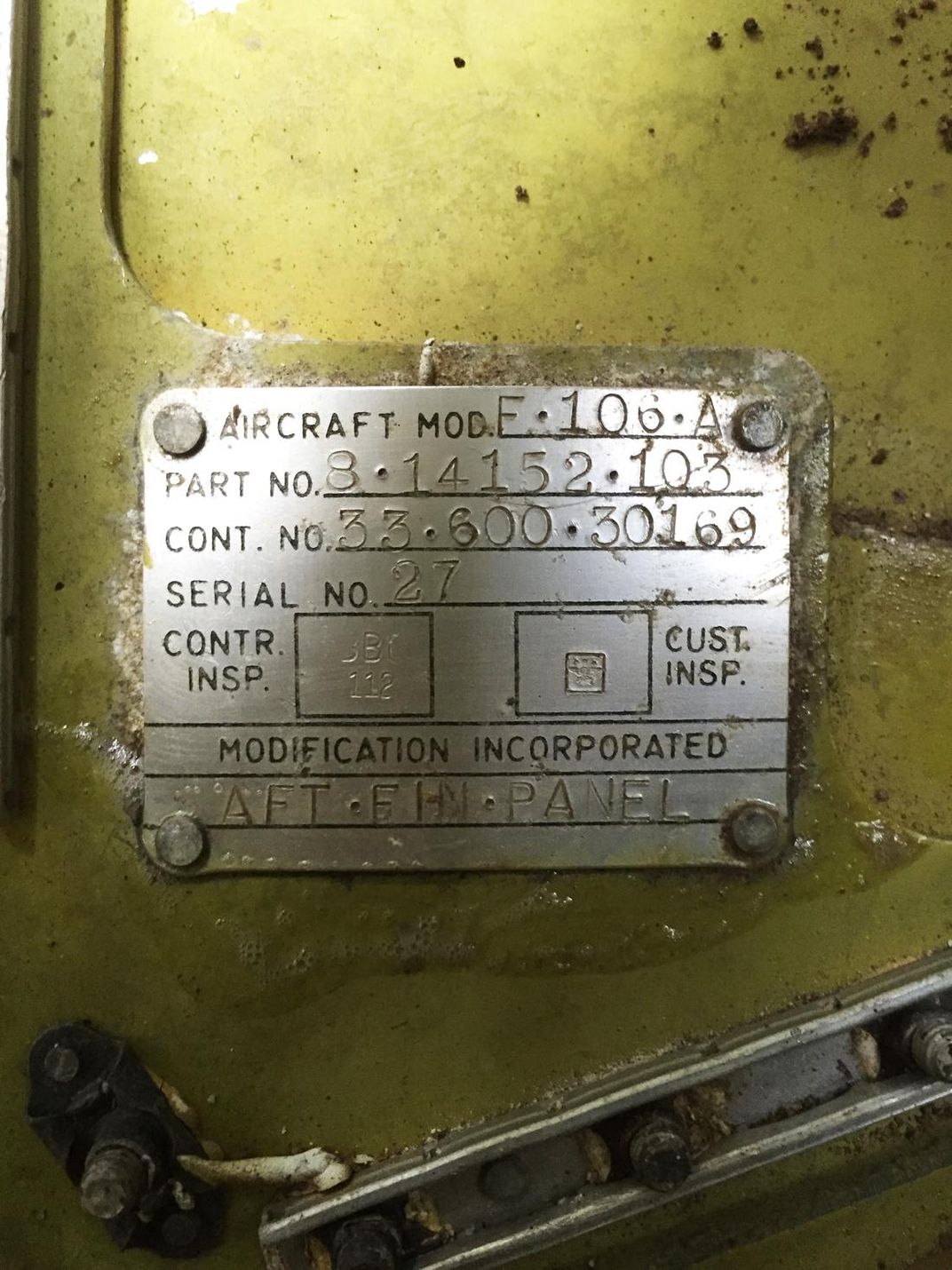
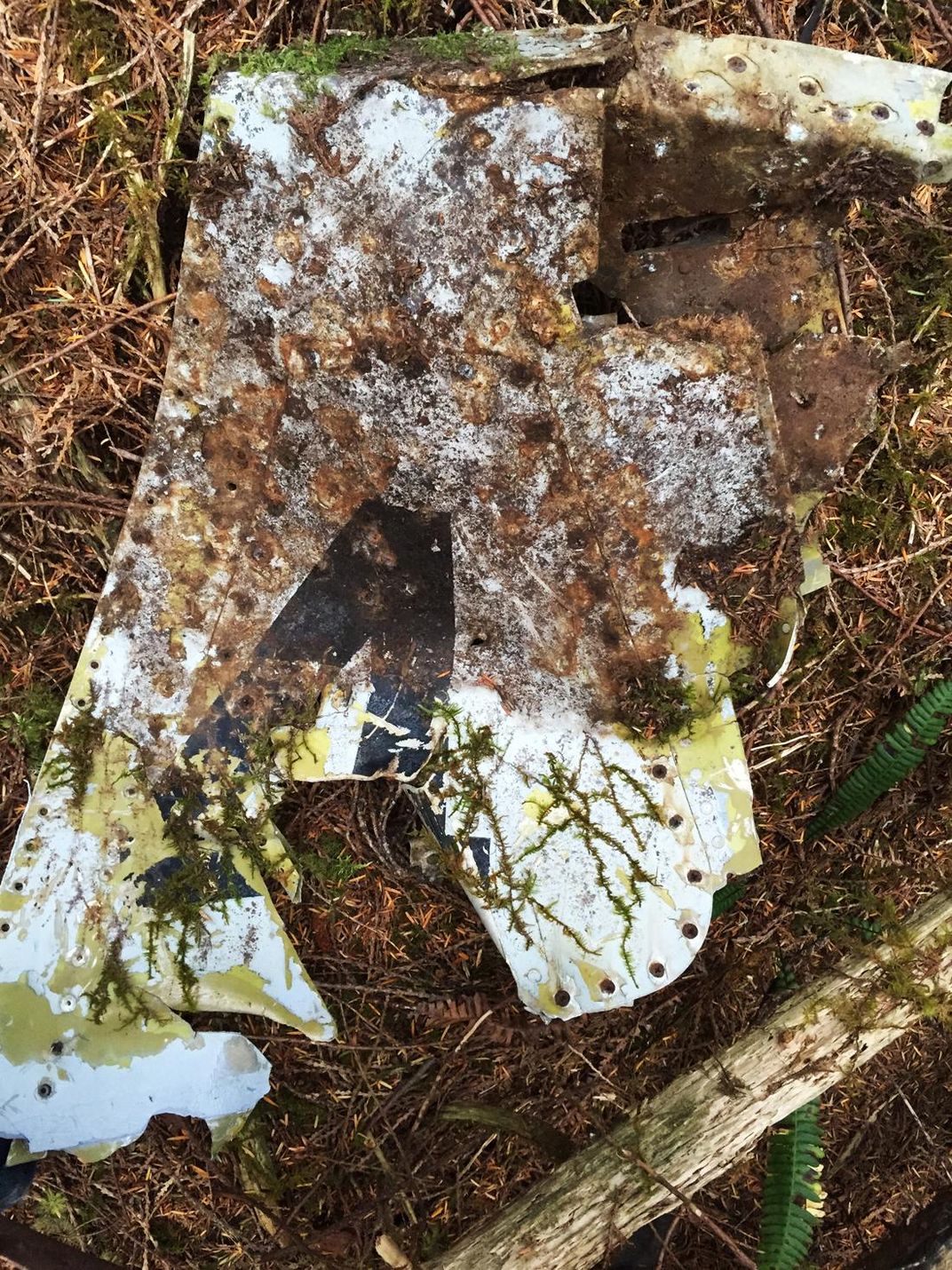
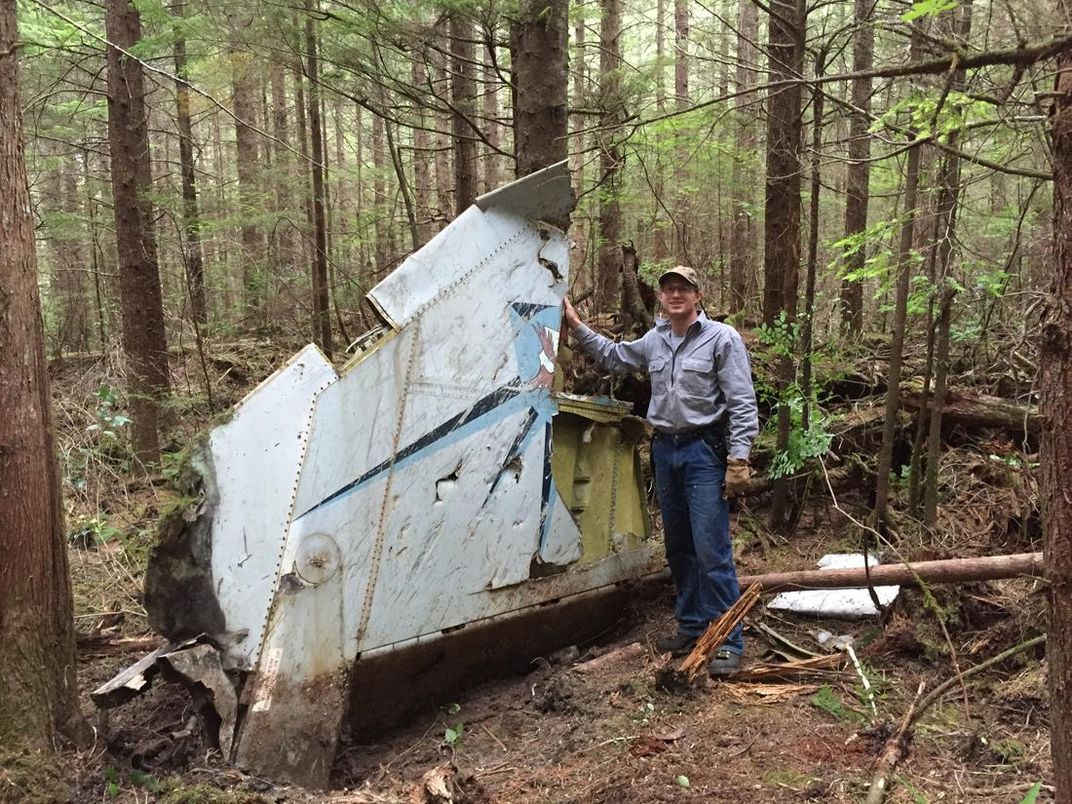
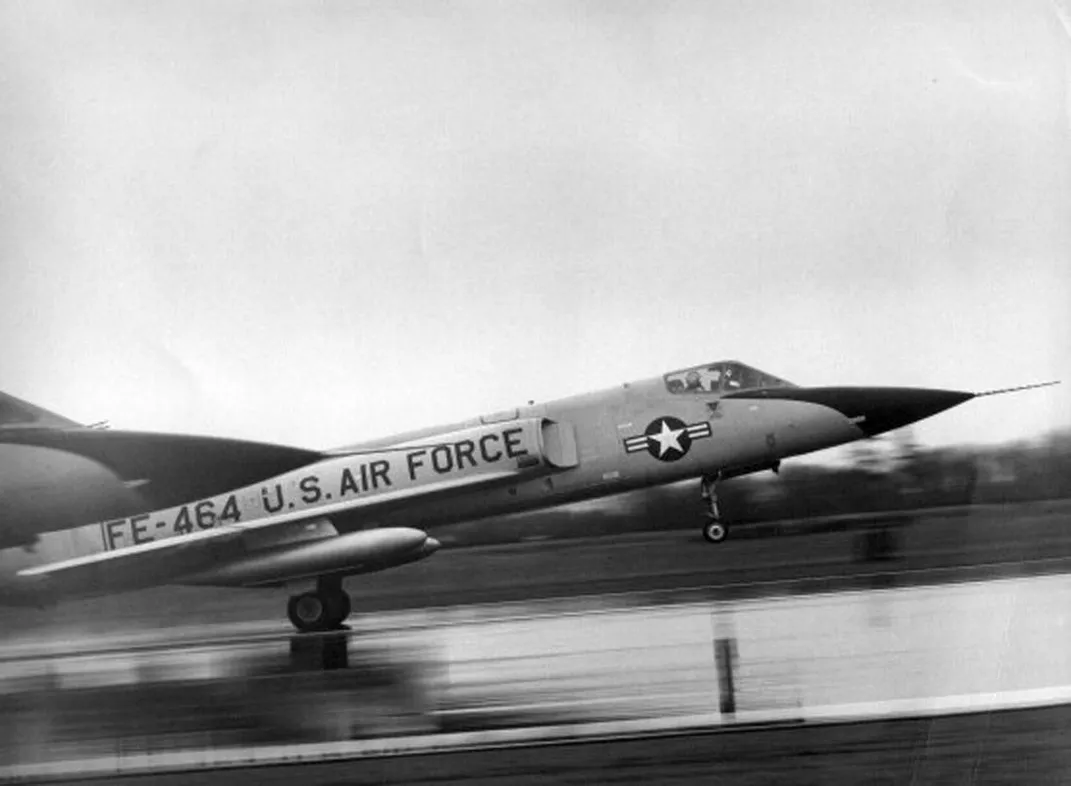
/https://tf-cmsv2-smithsonianmag-media.s3.amazonaws.com/accounts/headshot/ED_DARACK.jpg)